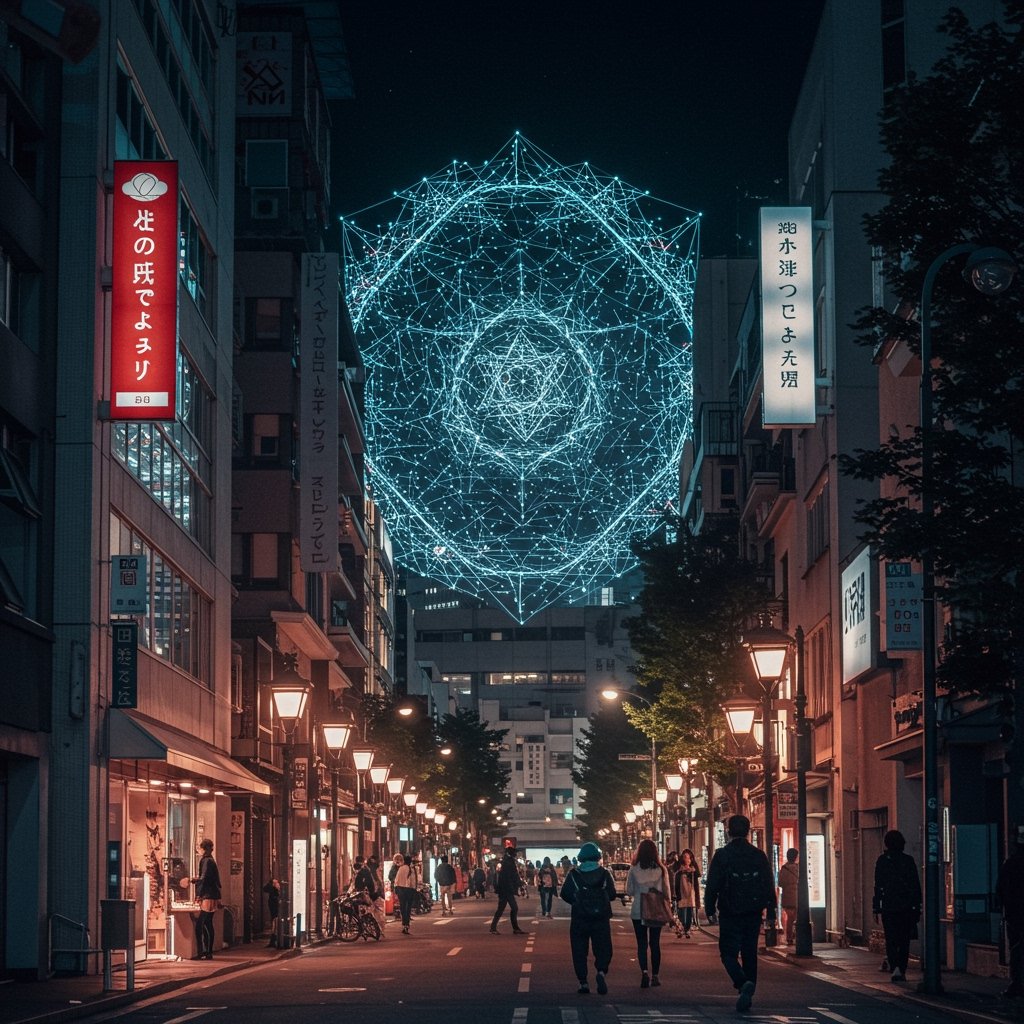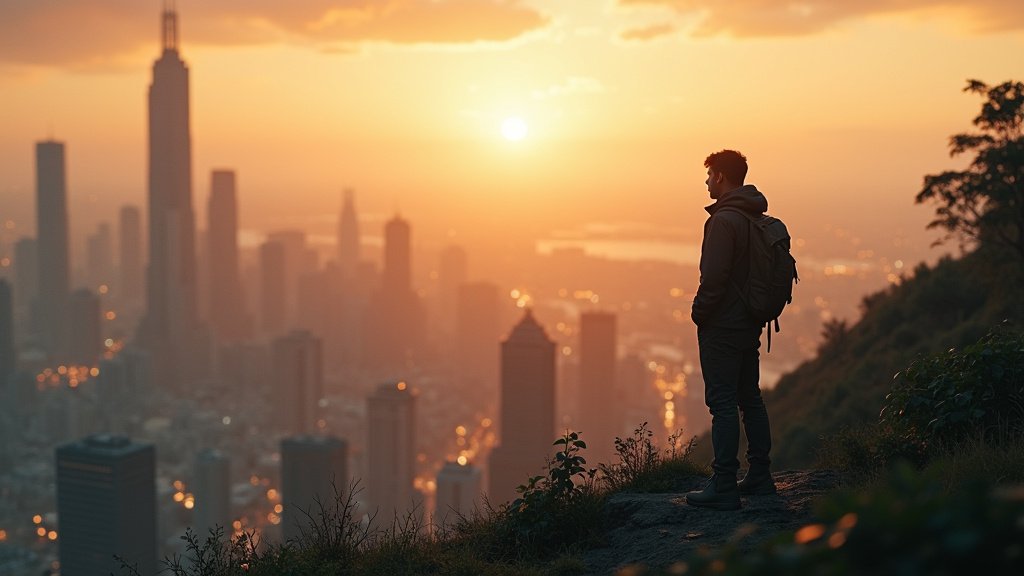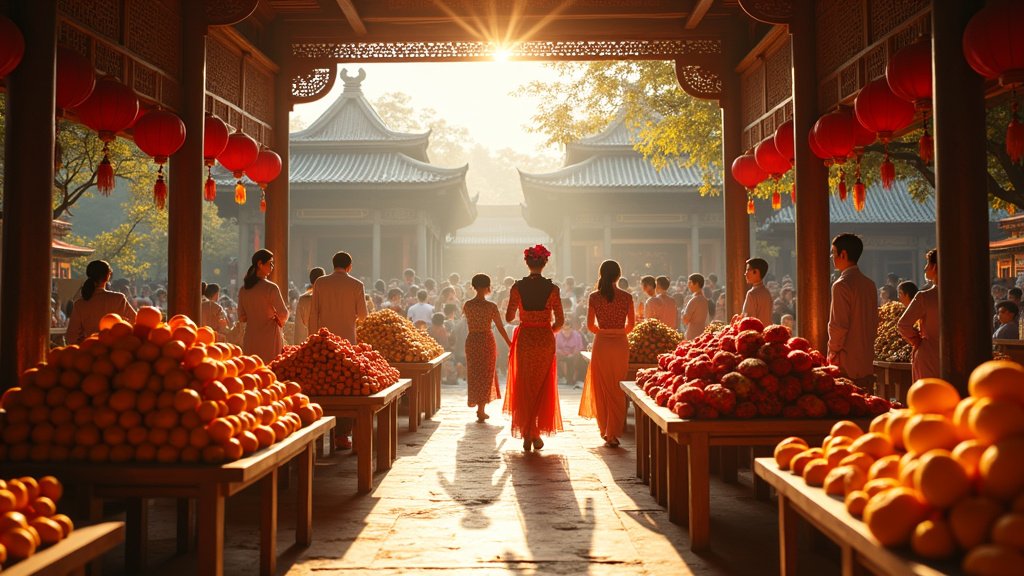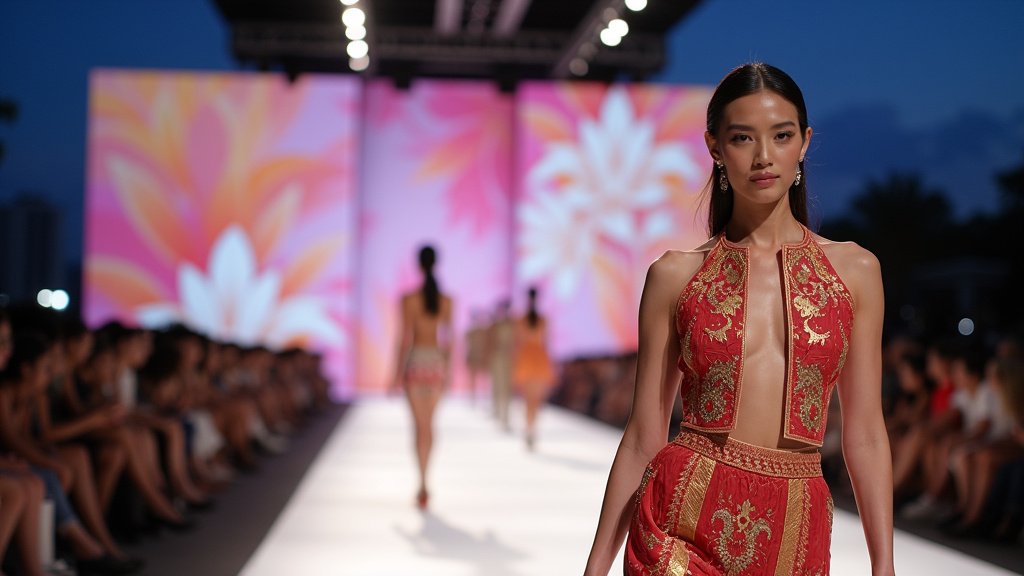Tokyo Digital Art Biennale 2025 Sets Global Benchmark for Digital Creativity
The inaugural Tokyo Digital Art Biennale, a landmark event poised to shape the trajectory of contemporary art, concluded its highly successful run on June 4th, 2025. Hosted at the cutting-edge Tokyo Immersive Art Center, this two-week exhibition drew significant international attention, presenting a diverse array of works that pushed the boundaries of technology and artistic expression. The Biennale served as a crucial platform, bringing together artists, technologists, curators, and enthusiasts from around the globe to witness and engage with the vanguard of digital art.
Key Trends Dominating the Exhibition Floor
Visitors navigating the expansive halls of the Tokyo Immersive Art Center encountered several dominant trends that underscore the current direction of the digital art scene. Among the most prominent was the sophisticated application of generative AI art. This trend moved beyond simple algorithmic generation, showcasing works where AI served not merely as a tool but as a complex creative partner, producing intricate patterns, evolving visuals, and even entirely new aesthetic forms that challenged traditional notions of authorship and artistic intent. Pieces in this category often demonstrated a deep understanding of machine learning models applied with specific artistic goals, resulting in outputs of striking complexity and originality.
Equally impactful were the expansive immersive projection mapping installations. Utilizing the unique architectural features of the Tokyo Immersive Art Center, artists transformed physical spaces into dynamic, all-encompassing digital environments. These installations wrapped viewers in light, sound, and motion, creating sensory experiences that dissolved the boundaries between the artwork and its observer. From fantastical landscapes to abstract explorations of data and consciousness, the projection mapping exhibits highlighted the power of scale and environmental manipulation in digital art, offering collective, shared aesthetic journeys.
Completing the trifecta of major trends were the intricate interactive installations. These works actively solicited participation from attendees, responding dynamically to visitor presence, movement, or direct input. Ranging from large-scale kinetic sculptures reacting to touch to digital canvases evolving based on crowd density, these installations emphasized the role of the audience in co-creating or influencing the artistic outcome. This focus on interactivity underscored a move towards more engaging, permeable artworks that blur the lines between spectator and participant, fostering a sense of personal connection and discovery within the exhibition space.
Award Winners and Noteworthy Exhibits
A highlight of the Biennale was the recognition of exceptional talent in the field. The prestigious Grand Prize was awarded to the Berlin-based artist duo, ‘SynthMind’, for their groundbreaking work titled ‘Ethereal Synthesis: A Sculptural Dialogue with AI’. This innovative AI-generated sculptural series captivated judges and audiences alike with its organic yet alien forms, demonstrating a masterful integration of artificial intelligence in the creation of physical objects. SynthMind’s work is seen as a significant step in exploring the potential of AI not just for digital output, but for tangible artistic production, pushing the boundaries of material and form through computational processes.
Another piece that generated considerable discussion and critical acclaim came from the Japanese collective, ‘NeoPixel’. Their boundary-pushing installation, ‘Quantum Entanglement Rhapsody’, utilized complex light patterns to explore the abstract concepts of quantum entanglement. The piece, through mesmerizing and seemingly interconnected visual phenomena, offered viewers an intuitive, albeit abstract, window into the counter-intuitive principles governing subatomic reality. NeoPixel’s work was lauded for its ambitious conceptual scope and its ability to translate complex scientific ideas into a compelling aesthetic experience using light as its primary medium.
Scale and Significance
The sheer scale of the event was impressive. Over 100,000 attendees passed through the doors of the Tokyo Immersive Art Center during the Biennale’s two-week run, underscoring the burgeoning public interest in digital art. This high level of engagement speaks to the growing cultural resonance of technologically-driven creative practices and the desire for immersive, interactive experiences in art consumption.
The inaugural Tokyo Digital Art Biennale is widely regarded as a pivotal event, successfully cementing Tokyo’s position as a global hub for digital creativity. The trends prominently featured—sophisticated generative AI, expansive immersive mapping, and intricate interactive installations—are not merely fleeting fads but are now firmly established as key trajectories for digital art and, by extension, broader cultural aesthetics in the coming year and beyond. The Biennale has set a high benchmark and initiated a global conversation on the future intersections of art, technology, and human experience.





